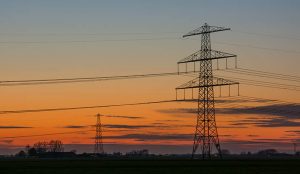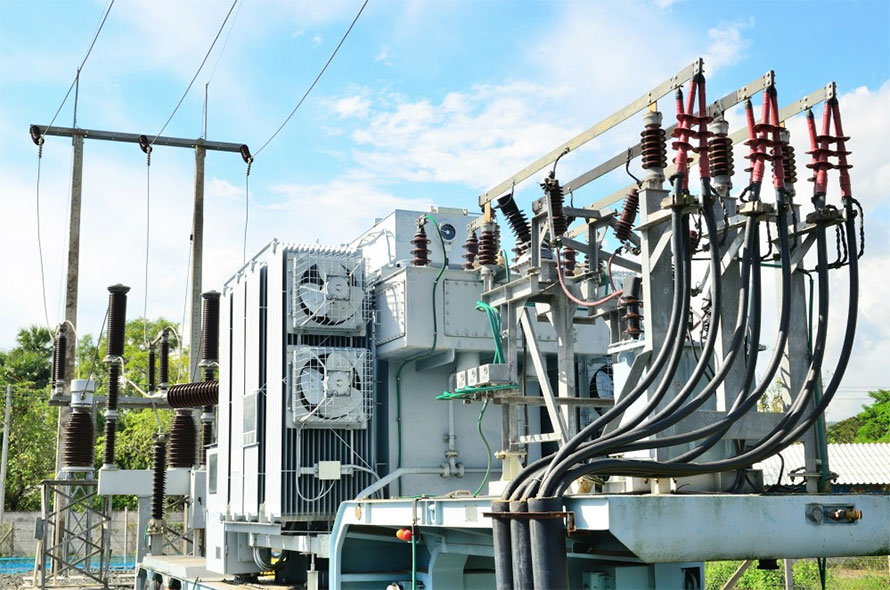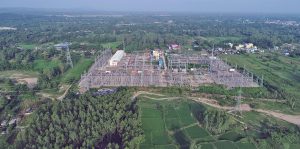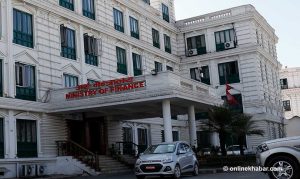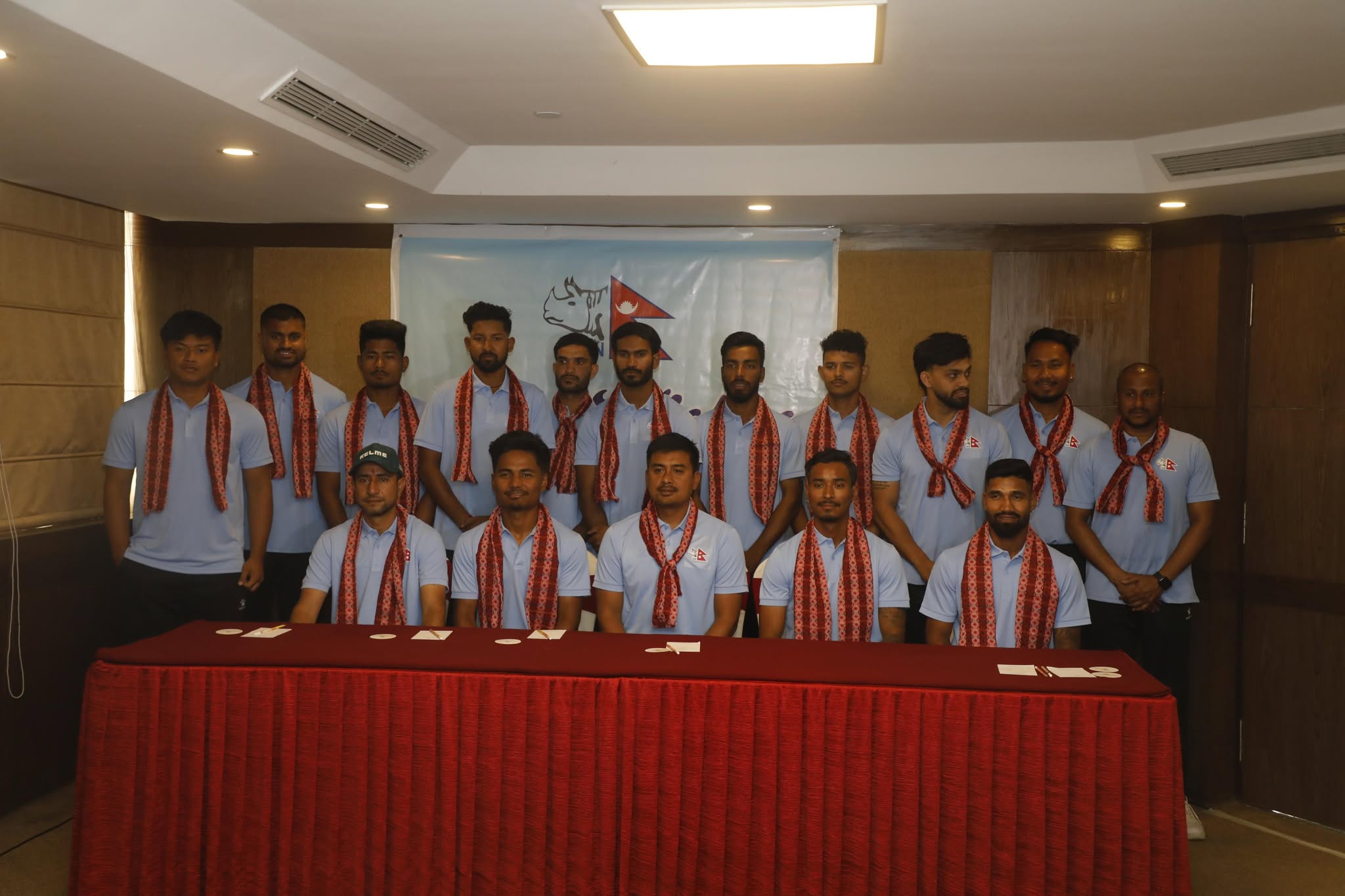
Nepal Electricity Authority’s Managing Director Kul Man Ghising is retiring in a few months. When he was promoted to the position in 2016, the country was in a severe power crisis. Nepalis had to endure up to 18 hours of load-shedding every day. However, the regular power outage is a once-upon-a-time story now. Rather, Ghising’s team in the authority is currently advocating for increased energy consumption in Nepal, claiming the country will see more hydropower projects in the next few years.
Onlinekhabar’s Rabindra Ghimire recently talked to Ghising about why he is promoting energy consumption though the country still imports electricity from India.
Excerpts:
Media reports claim that the NEA is in a comfortable position regarding the balance between energy demand and supply. Are you really confident about the company’s capacity to meet the demand?
Let me clarify the confusion first. Some media reports have said that demand is on a steady decline, but it is not true. Every year, the demand falls in October and November, mainly due to two reasons. The first: this period is one of transition–there is not much heat in the southern plains, neither there’s too much cold in the mountains. That’s why consumers don’t operate appliances such as heaters and fans that require heavy load. Besides, there are many festivals such as Dashain, Tihar, Chhath and Bishwakarma Puja. Factories close their operations for such festivals and demand significantly dips.
This is the usual trend. But definitely demand has slightly increased this time, so has the availability of power. The peak demand has not increased above 1,300 megawatt, which is good. Likewise, to maintain balance, many projects are underway to enhance energy efficiency whereas we have run a successful programme to control pilferage.
Daily load management is difficult because the demand amount differs every hour. Currently, our power generation capacity is around 1,200 megawatts, at least during the five months of the monsoon. This year, we also exported around 200-megawatt energy to Bihar because the generation exceeded the demand.
In the monsoon season, we do not need to import energy. Now, the monsoon is over most of our run-of-the-river projects are generating power below par. Hence, we are importing energy for peak hours. However, it is very nominal in comparison to the past. Till April-May next year, the import amount will increase as our production capacity continues decreasing–this has been the trend for every dry season. Despite that, we estimate that the amount of imported power will be less than that of last year.
On the other hand, we are completing some new transmission lines so that we can import power whenever we wish. They will also enable us to enter the Indian energy market for trading. We hope to produce an additional 1,000-megawatt energy by June-July the next year. It means we have to export at least 500 to 600-megawatt power in the monsoon. We are discussing how we can become more efficient in the Indian market next monsoon.
In the winter season, however, we do not have that flexibility. Nonetheless, we have to increase consumption in the domestic market. It means we have to increase the capacity of our distribution systems, substations, transmission lines. We also need to expand the scope of power consumption, for example to cooking. We are studying all these issues.
We believe that a certain volume of energy, at least 15 to 20 per cent of the demand, should remain on reserve. We are planning to convert the Indian grid as the reserve margin for us when Nepal is self-reliant to meet the demand. Likewise, our export to India can be a reserve margin for them.
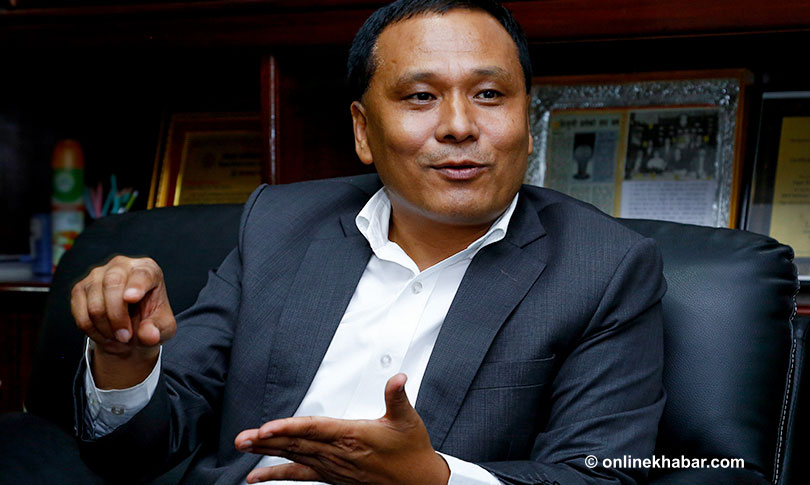
Do you think replacing cooking gas is possible immediately?
Yes, it is possible. Of course, we are still importing energy during the dry season. But, we are also selling it during the monsoon, at a competitive price. If importing helps us improve our economy, we should not consider it negatively.
The government should introduce a demand stimulation plan. It will address the need for increasing domestic demand and adjusting the tariff structure. The current tariff structure discourages high consumption, but it should not be discouraged now.
However, we are clear that we should not change the tariff for the families which use the least amount of electricity every month–power is a lifeline for them. There are more than 1.2 million customers who pay Rs 3 for one unit of electricity. But at the next level, for the middle-class and upper-class people, the amount of consumption and the tariff rate should be inversely proportional–the more they consume, the lower the rate they are charged.
Likewise, we are thinking of using smart metres, which calculate different rates for different times of a day, for example, power goes quite expensive during peak hours. Such technology also helps us maintain balance. We can also calculate the tariff differently for different seasons, for example, it should be cheap in the monsoon.
You are thinking of imposing a higher rate for the customers who use less energy. But recently, a report has claimed Nepal’s electricity is the most expensive in South Asia already.
I don’t accept that our energy is the most expensive in South Asia. You cannot compare us with Bhutan because it has so much surplus amount and has earned a lot by exporting energy to India. Consequently, people get power at subsidised rates. I don’t think you can compare Nepal with Bangladesh also because it also has so many subsidised schemes. India has different rates for different districts; but, overall, the rate is higher.
Our energy is not expensive. The current tariff is not benefitting us; it is just enough to maintain a breakeven. The amount that we earned in profit recently comes from other sources like interests paid by the projects of our investments. The tariff does not contribute to our profit.
Apparently, we should sell it at a higher rate than our purchase. Our average cost price is Rs 7.5 per unit, but we are selling it for Rs 3 to 5, not only for the lower-class domestic consumers. Industrial enterprises are using power for Rs 4.15 per unit during nighttime. On average, a factory in Birgunj pays Rs 7.64 per unit; we buy it from Bihar at the rate of Rs 10 whereas domestic hydropower projects have different rates, as much as Rs 15.
Do you think the authority is ready for some subsidy schemes like in other countries if the government wants?
Rather than subsidies, we are working for a scientific tariff that will increase our demand, meet our revenue target and make the energy cheaper in the long run. We have a plan for that.
You said the current tariff is already enough to maintain a breakeven for the company. So why are you looking for increasing the revenue target? As a government authority, you are not supposed to earn any profit.
We have assets worth Rs 400 billion, but we are in debt of Rs 200 billion. We have to pay for its interest regularly. Also, look at our long-term liability. We have around 12,000 staff; of them, around 6,000 are entitled to the pension for the entire life.
If the authority is stronger, it can invest in other projects. It can build new hydro projects. There are costs involved in the maintenance of substations and other infrastructures. I agree that we should not look for any big profit like a private company, but we need profit at a certain level so that we can also catch any reinvestment opportunities.
We are not distributing our profit to the staff; we are investing it for people. If we had earned a profit of Rs 20 billion, the authority could have built the Budhi Gandaki project on its own. That would have been another benefit for the country and its people.
When the authority grows self-sustained, the government can channelise its money that it earlier used to give to the authority to other sectors like education, health, and roads.




